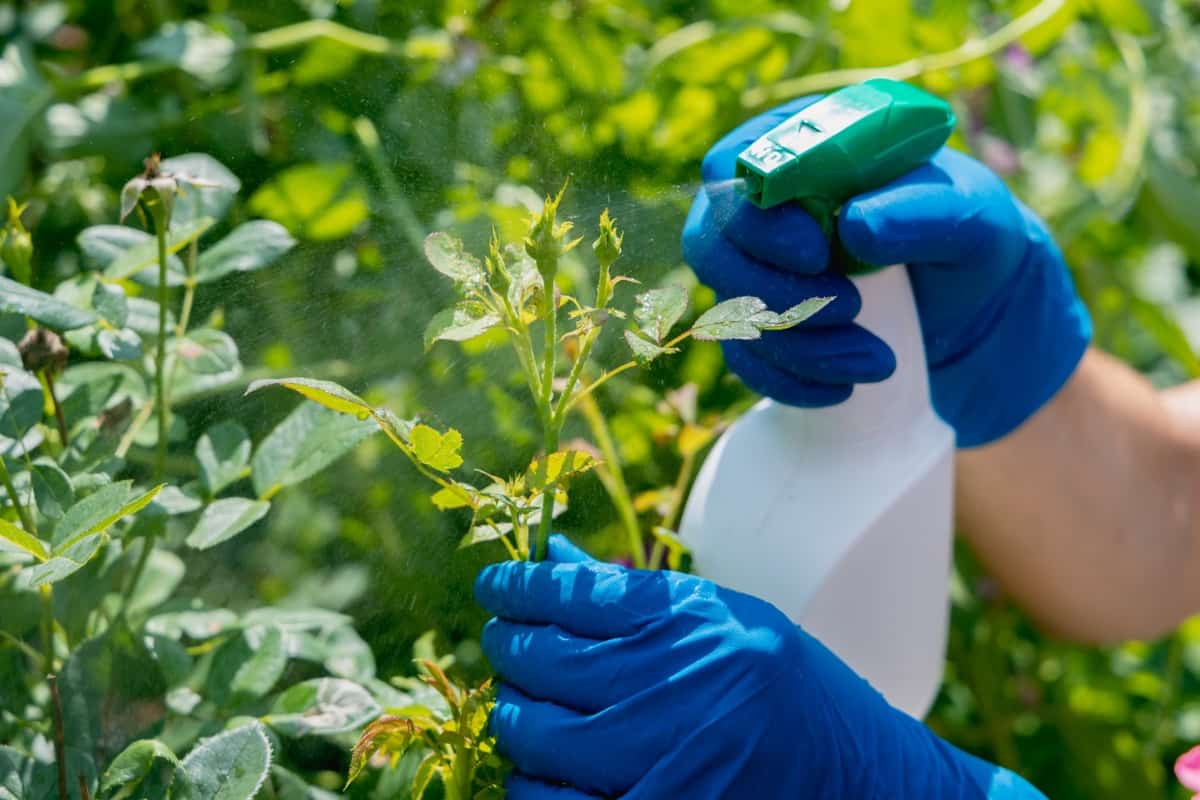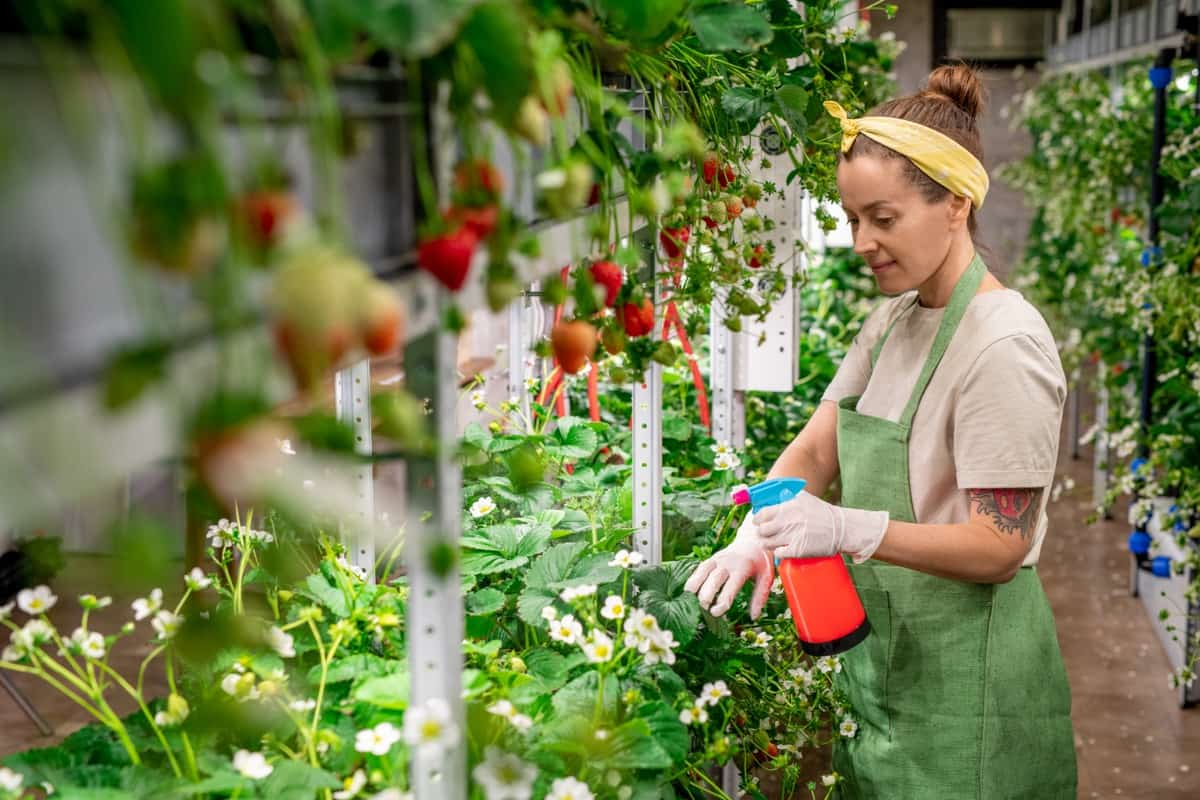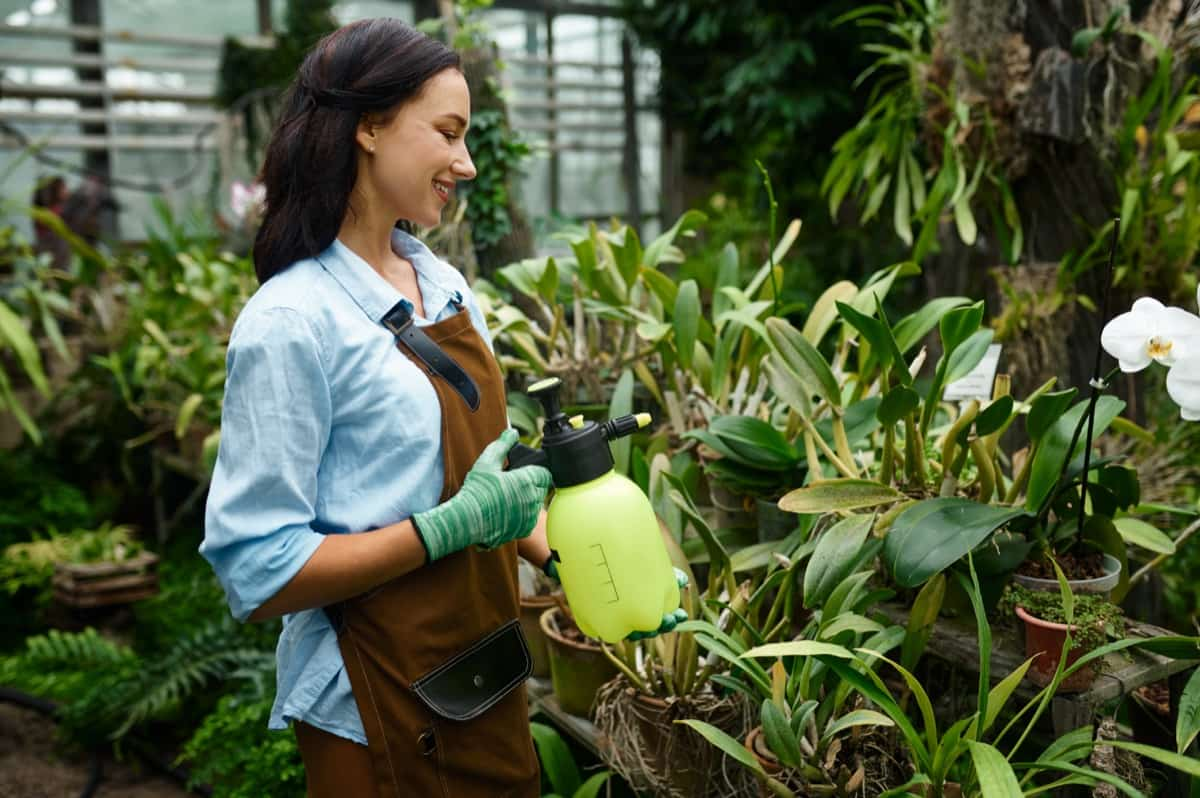Whiteflies and tiny sap-sucking insects may become common in vegetable and ornamental gardens, particularly in warm weather. They make foliage yellow or die. This blog post will discuss the symptoms and causes of whitefly infestations and various management methods. Cultural methods such as regular plant maintenance and choosing resistant plant varieties can help prevent whitefly infestations.

Biological control methods like introducing natural predators such as ladybugs or parasitic wasps can also be effective. Chemical and organic insecticides can also be used for management. Combining these methods allows you to effectively manage whiteflies in your home garden and keep your plants healthy and thriving.
How to Manage Whitefly in Home Garden
What is Whitefly?
Whiteflies are not true flies but are small, soft-bodied insects closely related to aphids, mealybugs, and scale. They have a triangular shape and measure about 1/12 of an inch. They are usually found in groups on the undersides of leaves. Some of the most problematic species affect many plants, such as the greenhouse whitefly, banded winged Whitefly, giant Whitefly, cabbage whitefly, citrus Whitefly, and Silverleaf whitefly. The Silverleaf whitefly, found in the southern United States, is particularly damaging as it can turn squash foliage into a silvery color when it infests it. Whiteflies are active during the day and tend to scatter when disturbed.
Lifecycle of Whitefly
- Whiteflies overwinter on the leaves of host plants as young nymphs. In late spring, adult females lay 200-400 eggs in circular clusters on the undersides of upper leaves.
- The eggs hatch in 5-10 days, and the first instar nymphs, known as crawlers, move a short distance from the egg before feeding on the leaf’s underside.
- The remaining nymphal stages (2nd, 3rd, and 4th) do not move. A non-feeding pupal stage follows, and young adults emerge within a week to start the cycle again.
- Whiteflies have many generations per year and develop from egg to adult in approximately 25 days at room temperature. Adults may live for one to two months.
Identification of Whitefly in Home Garden
Whiteflies can be easily identified by their powdery white wings, short antennae, and moth-like appearance. The flattened, oval, and scale-like nymphs settle on the underside of leaves to feed on plant sap using their piercing-sucking mouthparts, creating honeydew. The accumulation of honeydew can lead to fungal diseases, and heavily-fed plants may become weakened, turn yellow or pale, and eventually wilt or die. Ants may also be present, attracted by the sweet honeydew.
Garden Plants which are affected by Whitefly
Whiteflies feed on various plants, including ornamental flowers and warm-season vegetables such as tomatoes, eggplant, peppers, and okra. Other susceptible plants include cucumber, sweet potatoes, squash, citrus trees, and plants in the cabbage family, such as cauliflower, cabbage, and broccoli. They can also attack most common houseplants and ornamental plants, especially those with soft, smooth leaves, such as hibiscus, poinsettia, fuchsia, petunia, and roses. Whiteflies are a major pest that can damage various plants in a home garden.
Symptoms of Whitefly attack on Home Garden
- Yellowing leaves that appear dry or fall off plants
- Sticky leaves covered with black sooty mold caused by honeydew excretion
- Ants are attracted to honeydew, which can interfere with natural predators
- Plant distortion, discoloration, or silvering of leaves caused by feeding by whiteflies on plants.
- Serious losses in some vegetable crops caused by feeding and virus transmission by some whitefly species
- Limited host ranges on ornamental trees and shrubs, with low levels usually not causing significant damage.
In case you missed it: How to Manage Caterpillars in Home Garden: Symptoms, Causes, Cultural, Biological, Chemical, Natural, and Organic Control

Whitefly Management in Home Garden
The first step in whitefly management is prevention by inspecting plants. Physical control methods like vacuuming, spraying water, or insecticidal soap can be effective. Encouraging natural predators like ladybugs and lacewings can also help. Insecticides can be used as a last resort.
Cultural Management of Whitefly in Home Garden
- Hand removal of heavily infested plants and destroying them after harvest.
- Inspecting new plants for whiteflies before introducing them to the garden.
- Using reflective mulches, such as shiny metallic-coated construction paper or reflective plastic, to repel whiteflies and enhance crop growth, control weeds, and deter pests.
- Placing yellow sticky traps to trap whitefly adults in vegetable gardens and using them as a component of an integrated management program with multiple methods.
- Making traps out of quarter-inch plywood, which is painted in bright yellow, and fixed on the pointed wooden stakes.
- Cleaning the traps periodically to maintain the sticky surface and remove insects and debris from the boards.
Biological Management of Whitefly in Home Garden
- Natural enemies such as lacewings, big-eyed bugs, minute pirate bugs, and lady beetles can control whiteflies in home gardens.
- Dust buildup, pesticides, and other factors can disrupt or destroy natural enemies, leading to whitefly outbreaks.
- Whiteflies have naturally occurring parasites that can control some species and Encarsia spp. Parasites are available for release in greenhouse settings.
- Checking for empty whitefly pupal cases can indicate the degree of natural parasitization in plants, with round or oval exit holes indicating parasitization and T-shaped exit holes indicating a healthy adult whitefly.
- Some whitefly parasites will not turn the hosts black, and some whitefly nymphs on ornamentals are black even when healthy and unparasitized.
Chemical Management of Whitefly in Home Garden
- Insecticide sprays are not very effective in controlling whiteflies in home gardens. Less-toxic products such as neem oil, petroleum-based oils control only the directly sprayed whiteflies, and repeat applications may be necessary.
- Thoroughly covering the undersides of infested leaves is necessary. Soaps or oils should only be used when the plants are not drought-stressed and when temperatures are below 90°F to prevent possible plant damage.
- Imidacloprid, a soil-applied systemic insecticide, can control whitefly nymphs but can negatively impact natural enemies and pollinators. Its use should be reserved for situations where these problems can be avoided.
Organic Management of Whitefly in Home Garden
- Whiteflies are attracted to bright yellow sticky traps.
- Beneficial insects: Introduce ladybirds, lacewings, and parasitic wasps to your garden to control whiteflies.
- Reflective mulches repel whiteflies from tiny plants.
- Neem oil kills whiteflies on contact. It disrupts their life cycle and stops reproduction.
- Insecticidal soap suffocates whiteflies. Direct-sprayed young larvae and adults work best.
- Garlic and hot pepper spray: This homemade insect repellent Whitefly and other bugs.
- Vacuuming: A handheld vacuum can lower whitefly populations.
- Horticultural oil: Spraying horticultural oil and water on plants kills whiteflies.
In case you missed it: How to Manage Downey Mildew in Home Garden: Symptoms, Causes, Cultural, Biological, Chemical, Natural, and Organic Control

Conclusion
For whiteflies in home garden management, it’s important to identify the symptoms and causes. Cultural methods such as removal, reflective mulches and traps, biological control, and organic remedies are effective alternatives to chemical control.
- Beneficial Insects in Pest Management
- Natural Solutions for Pest Control in Flower Gardens
- Types of Fungicides Used in Agriculture
- Common Issues in the Fruit Development Stage of Pomegranate Farming
- Fruit Development Issues in Papaya: Easy Solutions and Treatment
- Soil-Borne Diseases and How to Protect Your Plants
- Practices to Prevent Disease Spread in the Garden
- From Wilted to Thriving: How to Treat Root Rot Naturally in Houseplants
- Natural Remedies to Cure Brown Spots on Fig Tree Leaves